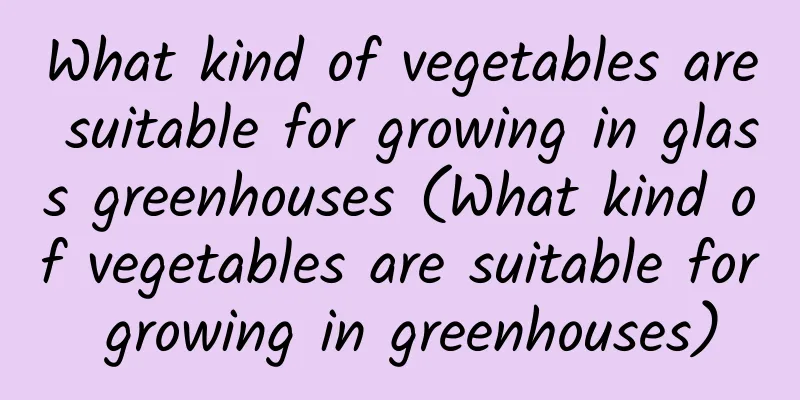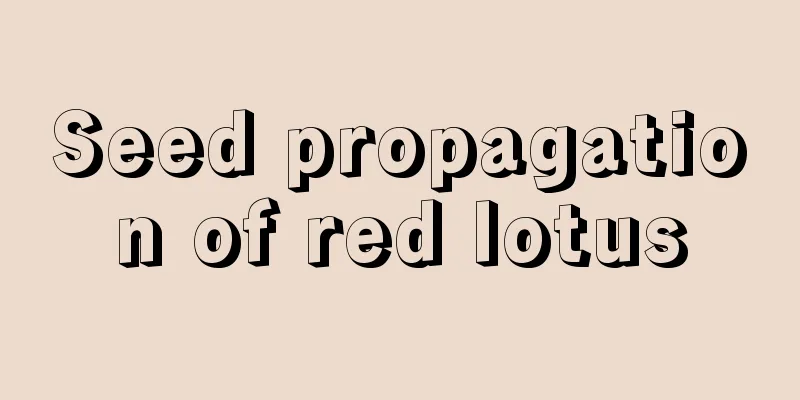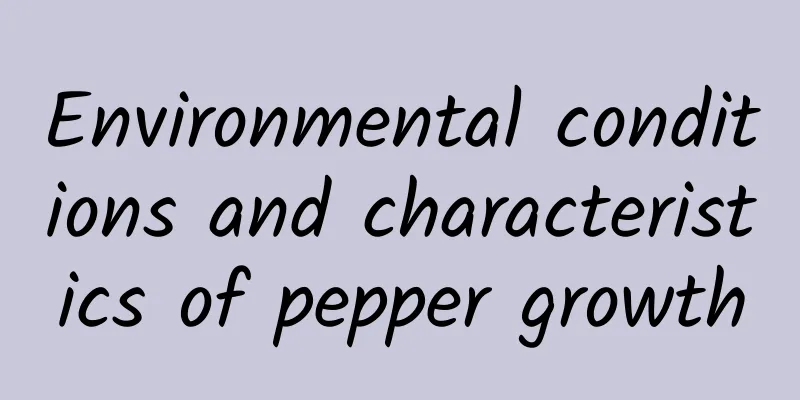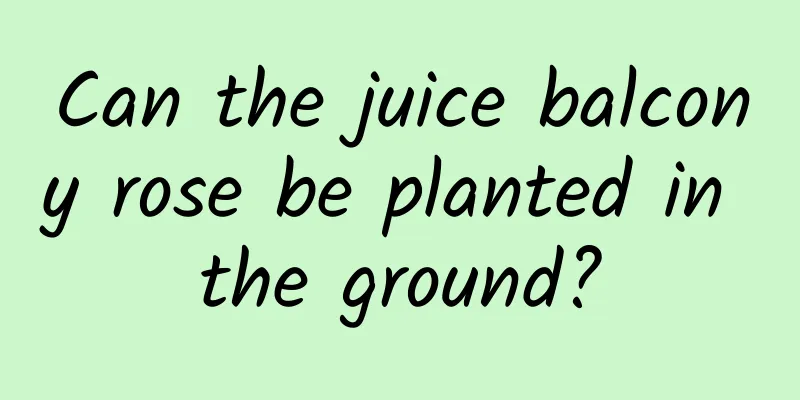What kind of vegetables are suitable for growing in glass greenhouses (What kind of vegetables are suitable for growing in greenhouses)

Glass greenhouse vegetable plantingThe glass greenhouse can provide the most suitable climate conditions for growth. In winter, there will be gas heating equipment, and the heat dissipation pipes will be installed by picking rail cars and column hanging. In summer, there will be natural ventilation systems and high-pressure spray systems to adjust the indoor temperature and humidity. Generally, glass greenhouses are suitable for growing off-season vegetables, such as tomatoes, bell peppers, cucumbers, okra, toon, strawberries, etc. strawberryThe price of strawberries is high, so the overall profit is good. Generally speaking, the harvesting period of greenhouse strawberries can last from December of the current year to June of the following year. Strawberry bases that integrate picking and sightseeing are very popular now, and glass greenhouses are more suitable for this type of operation. tomatoThere is nothing wrong with growing tomatoes in a glass greenhouse, except that the construction investment of a glass greenhouse is much larger than that of a traditional solar greenhouse. However, the yield of tomatoes grown in a glass greenhouse is also very high, reaching 70 kilograms per square meter. OkraOkra is also relatively easy to grow, and can be grown when the temperature is 20 degrees. Moreover, the price of okra is much higher, generally 7-15 yuan per catty, which is 2-3 times the price of ordinary vegetables! Greenhouses can achieve winter planting and precise temperature control, which is very suitable for the growth of okra in seasons. Key points of vegetable cultivation technology in glass greenhouse① Planting carrier Greenhouse growers use agricultural rock wool or coconut palm as planting carriers to avoid soil-borne diseases and insect pests. Therefore, the amount of pesticides used in the vegetables grown is less, and the quality is higher and safer. At the same time, the planting greenhouse is only responsible for planting, and there are professional nurseries that provide them with large seedlings, shortening the seedling raising time and improving the production cycle. ② Water and fertilizer integration Water-fertilizer integration technology is a new agricultural technology that integrates irrigation and fertilization. Soluble solid or liquid fertilizers are mixed with irrigation water according to the soil nutrient content and the fertilizer requirements and characteristics of the crop types. Drip irrigation integrates water and fertilizer, directly and evenly transports the fertilizer needed by crops to the roots of plants along with water, greatly improving the utilization rate of fertilizer. This can reduce fertilizer usage by 50%, and the amount of water is only 30%-40% of furrow irrigation. The switch of water and fertilizer is realized by controlling the switch of solenoid valve through sensor and computer data analysis. |
<<: How to repot flowers bought online (transplantation methods for newly bought potted plants)
Recommend
What to do if Qilin is watered too much
Overwatering If you often water the Kirin too muc...
The best time to repot dahlias, preparations and steps for repotting
The right time to repot dahlias The time to repot...
Appreciation of Impatiens varieties
Impatiens balsamina Also known as Impatiens balsa...
Does coleus prefer shade or sun?
Does coleus prefer shade or sun? Coleus is easy t...
The efficacy and function of spider eggs
1. Medicinal value Aspidistra, also known as spid...
As long as you dare to grow these 7 kinds of flowers, they will grow explosively and 100 flower pots will not be enough!
Phoenix The Phoenix is also called the Fallen R...
Her roses bloom every month, all thanks to these 10 tricks, Huahua will tell you only!
Dialogue No.1 A world of childhood, currently liv...
Can bentonite be used as fertilizer? Can it be used to grow flowers?
Bentonite, also known as bentonite and soap clay,...
How many times a year can radish be planted? How many months does it take to harvest (growing period)?
How many seasons can radish be planted in a year?...
How long does it take for Venus Flytrap seeds to germinate and how long can they survive?
1. How long does it take for seeds to germinate? ...
Hydroponic Clivia Encyclopedia
Can it be hydroponically grown? Hydroponics Nowad...
How does Purple Pearl survive the winter?
temperature If your purple pearl plant has grown ...
What to do if there are white spots on the leaves of rubber trees
1. Watering It is drought-resistant but not water...
How to cultivate Viburnum
1. Maintenance methods 1. Temperature: Viburnum d...
Notes on flower cultivation: flower care
Summer and winter The suitable growth temperature...









